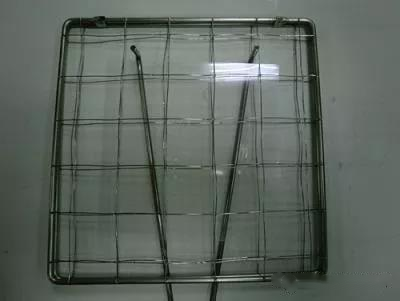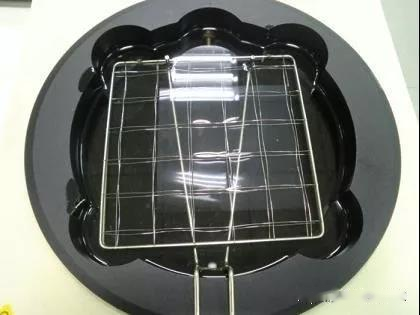Source:Link Testing Instruments Co.,Ltd.
Test significance
High temperature resistant retort packaging is a packaging form commonly used for meat, soy products and other foods. Generally, vacuum packaging is used. After high temperature (100 ~ 135℃) heat sterilization, it can be stored at room temperature. The retort-resistant packaged food is easy to carry, ready to be eaten when opened, and is hygienic and convenient, and can well maintain the flavor of the food, which is deeply loved by consumers. Depending on the sterilization process and packaging materials, the shelf life of retort-resistant packaging products ranges from six months to two years.
In order to ensure the quality of products during shelf life, retort-resistant packaging materials need to have high physical properties and good barrier properties, and are generally composed of multiple substrates. In actual production, warping or even delamination of packaging bags after cooking is a common quality problem in cooking-resistant packaging, which is related to the mismatch of the dimensional changes of the composite layer materials after the film is heated. That is, the thermal shrinkage performance of each composite layer material is different. After high temperature heating under the same conditions, the size of each layer material changes differently, and each composite layer shrinks asynchronously, resulting in package warpage or even delamination.
Testing method
The judgment of the matching degree of the heat shrinkage performance of each composite layer material can be carried out with the LTRSY-02 heat shrink tester of Link Testing Instruments Co., Ltd. This instrument is professionally used to test the thermal shrinkage performance of various films in liquid media at various temperatures. The instrument adopts digital P.I.D temperature control and monitoring technology, which can quickly reach the set temperature, effectively avoid temperature fluctuations, provide a stable test environment, and combine the system's automatic timing function to effectively ensure the accuracy of the test results. The applicable test temperature range of this instrument is from room temperature to 200℃, the sample size is ≤140 mm×140 mm, and the longest time can be set to 9999 s, which can meet the thermal shrinkage performance testing requirements of most products.
Test steps
Take the retort-resistant packaging composite layer substrate separately.
Cut the base material into 100 mm × 100 mm square specimens, mark the horizontal and vertical directions on the specimens, and put the specimens into the specimen clamping net to keep the specimens flat.

Set the test temperature and test time. After the oil bath temperature reaches the set temperature and stabilizes, put the sample clamping net with the sample into the oil bath, and place the four corners of the clamping net on the convex platform of the bath cavity. At the same time, press the "Test" button to start the test.

The buzzer buzzes to indicate that the set test time is reached, take out the sample, and place it in the required environment for state adjustment.
After the status adjustment is over, measure the horizontal and vertical lengths respectively. Calculate the shrinkage rate of the sample according to the following formula.
S is the shrinkage rate (%), L0 is the length of the sample before heating (mm), and L is the length of the sample after heating (mm).
Conclusion
Using the LTRSY-03 heat shrink tester, the heat shrinkage rate of each composite layer substrate can be detected. If the shrinkage rate of the inner layer is greater than the shrinkage rate of the outer layer, the packaging bag will be rolled in after cooking and heating; otherwise, the problem of outward warping will occur. If the composite strength of the packaging bag is low, and the difference in thermal shrinkage between the composite layers is large, it may cause delamination of the packaging bag after cooking. Therefore, manufacturers of retort-resistant bags should test the heat shrinkage rate of the base material under the cooking or boiling conditions to be used before purchasing the base material and put it into production. Look for alternative materials to consider.
For more details please visit www.linktesting.org